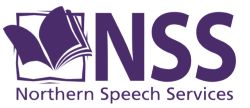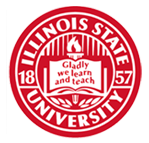Abstract
This study provided an authentic context for examining cognitive dissonance of graduate students who were learning clinical skills in a six-week language and literacy project designed for young children. These student-clinicians received instruction four days a week in classroom sessions and began clinical sessions with children after each class. Signature pedagogies in communication sciences and disorders (CSD) provided the foundation for the instruction and clinical supervision. In their sessions with the children, the student-clinicians were expected to apply knowledge gained from the classroom and supervisor guidance. Journal entries, supervisor notes, clinical observation records, and transcripts from interviews were coded for factors involved in identifying and resolving cognitive dissonance: perception, difficulty, resistance, reflection, critical thinking, and guidance. Results identified types of cognitive dissonance and factors involved in resolving this dissonance. This study includes recommendations for similar CSD programs for changes in assessment of student entry-skills, instruction, supervision, and reflective practice.
Recommended Citation
Britton Reese, P.,
&
Aniela Goodson, L.
(2019).
Cognitive Dissonance of Graduate Students During Clinical Sessions of a Literacy Program: Types of Episodes and their Resolution.
Teaching and Learning in Communication Sciences & Disorders, 3(2).
DOI: https://doi.org/10.30707/TLCSD3.2Reese
Included in
Educational Methods Commons, Educational Psychology Commons, Language and Literacy Education Commons, Other Teacher Education and Professional Development Commons, Scholarship of Teaching and Learning Commons, Speech Pathology and Audiology Commons





